Sea-Doo vs. Yamaha reliability is a huge debate on the internet.
The fan base is quite large on both, but I want to try to put that to the side and go deeper on the subject. Is Yamaha really more reliable as everyone says? Or is it Sea-Doo?
I want to talk about the nuances and show you it’s not a Sea-Doo vs. Yamaha thing, but which model from each manufacturer is the most reliable.
Let’s Get Some Background Before We Talk About Reliability
Generally, people say Yamaha makes the most dependable models on the market, and in some cases, this is true, but we can’t ignore the biggest factor… market share.
Market Share
There are 3 main manufacturers, Sea-Doo, Yamaha, and Kawasaki.
Sea-Doo makes up 55% of the PWC market in 2018. (Source)
Yamaha makes up 39%, and Kawasaki is 6%.
Sea-Doo has a 16 point lead over Yamaha, and this tells me a few things.
- More people like Sea-Doo, and thus we have more Sea-Doos around.
- The more of something you have, the greater the chances of problems bubbling up.
- You don’t get the biggest market share by making jetskis that are unreliable.
Point 2 is the biggest one; let’s break it down with numbers.
Let’s say, for example, there was a total of 10,000 jetskis sold this year. Using the market share numbers, that would be 5,500 Sea-Doos and 3,900 Yamaha.
And for another example, let’s say both manufacturers have 0.5% of jetskis give them issues.
That would be 27.5 Sea-Doo’s have issues and 19.5 Yamaha’s have issues.
This doesn’t mean Yamaha is more dependable; it just means there are fewer Yamaha’s on the market.
So when I hear someone tell me their mechanic spends more time repairing Sea-Doo I think, no duh, there are more Sea-Doos on the market. That doesn’t mean Sea-Doo is less dependable; it just means there are more Sea-Doos.
This is why I’m not sold on the idea that Yamaha is more dependable. That and how well the ski was maintained, as talked about later, means a lot more to me.
Sea-Doo Pushes The Envelope
One thing that needs to be brought up about Sea-Doo vs. Yamaha regarding dependability is tech and features.
Sea-Doo is more willing to push out new tech and features long before Yamaha is even thinking about it.
For example, Sea-Doo came out with iBR (braking system) in 2009, and it wasn’t until 2015 that Yamaha had their version. Knowing Sea-Doo, they were working on this for 3 to 5 years before releasing it. It taking Yamaha 6 years to release their version tells me they did not expect something like this to happen.
Sea-Doo is not afraid to try new things and push the PWC and boating industry forward.
Sea-Doo pushing the envelope can be a double-edged sword. It’s great because you get the feature out there before your competition and can improve on it. It’s also bad because you get the feature out there before the competition, and the competition can more quickly learn from your mistakes.
If Sea-Doo never pushed the market towards brakes, I doubt we would ever have them. Brakes are so revolutionary that it’s becoming commonplace today. It’s a good thing, too, as it makes boaters safer and gives drivers better control at the dock. Sea-Doo also had jetskis with suspension, but later stopped making them, and to this day, no others have tried.
Yamaha Is More Slow And Steady
With Sea-Doo pushing the envelope, Yamaha is kind of the opposite.
Sure, they innovate on hull material and design, but it’s Sea-Doo that brings the things that people never think of.
It’s this slow and steady pace that many people like about Yamaha. It also helps Yamaha lend itself to people saying they’re the most reliable brand.
When you think about it, this makes for a beautiful harmony with Sea-Doo and Yamaha. You honestly need both styles as it makes for a better product for the customers.
How Well Was It Taken Care Of?
The reliability of a jet ski depends more on how well it was taken care of and not the brand.
It doesn’t matter how great the manufacturer is if the owner never did proper care.
I’ve seen the most reliable craft Yamaha has ever made not last as long as the most unreliable craft Sea-Doo has ever made, all because of how well it was taken care of.
This is the most important factor out of this whole article. How well the watercraft is taken care of will always triumph whatever opinion someone has about a manufacturer.
Also, having a good and trusted dealer can help keep your watercraft running great, too. The debate might not be a Sea-Doo vs. Yamaha one, but how good and skilled your local dealer is at taking care of the products.
Every dealer is internally ranked by the manufacturer and must keep up to date on the products. This adds more nuances to the debate, but worth knowing and asking your dealer how well certified they are on the product.
What Makes For A Dependable PWC?
The fewer moving parts generally make for a more dependable.
You do have other things to consider, like the hull, which has no moving parts, but in general, the fewer moving parts, the better.
It’s because of this that we can’t say one manufacturer is better than the other. Both have complicated models and not-so-complicated models.
So if you want a jet ski that is reliable, you need to look at the models with fewer parts to break.
It’s Best To Avoid Supercharged Models
Generally, the fewer moving parts, the better.
If this is the case, then you want to avoid models with superchargers. A supercharger gives more top speed to a jet ski, but also makes it use more gas too.
The superchargers in Sea-Doo and Yamaha are different, but do the same job. While Sea-Doo seems to have gotten more spotlight on their superchargers, the truth is that Yamaha superchargers fail too.
This is where doing proper maintenance comes into play. Supercharged models can last a very long time, so long as you do the proper and timely maintenance.
If doing extra maintenance plus the extra cost of gas worries you, then consider not getting a supercharged jet ski. There are plenty of non-supercharged models to pick from, and they’re all fast, especially if you have never ridden one before.
Plastic vs. Fiberglass
With Sea-Doo releasing the Spark with its Polytec hull and it being made of “plastic,” it’s really opened up a new avenue for the reliability debate.
The only real downside I’ve seen to a plastic hull is that it robs you of a couple of MPH.
I own a 2014 Sea-Doo Spark and had no issues with its plastic hull. If anything, I find it to be the future of hull design.
I could go on about how much I like the Polytec hull, but this video has done a great job of explaining this hull, so I recommend you watch it instead.
Not only that, but Polytec helps to save on weight. The lighter the jet ski, the less the engine has to work. The less the engine has to work, the less wear and tear, which leads to longer lasting machines.
Closed Loop vs. Open Loop Cooling
The debate over open-loop cooling vs. closed-loop cooling is just as hotly debated as Sea-Doo vs. Yamaha.
I’m personally split, as I can see the pros and cons of both.
Closed Loop Pros:
- The engine is cooled with coolant and not lake water or saltwater.
- The same system your car uses.
- Helps regulate the temp more evenly.
- Doesn’t get clogged with debris.
Closed Loop Cons:
- More complex.
- Needs maintenance.
Open Loop Pros:
- Simpler.
- Less maintenance.
Open Loop Cons:
- Takes in ocean, lake, or river water to cool the engine.
- Gets more easily clogged because the water contains debris.
- Temp is more dependent on the water temp.
Sea-Doo uses closed-loop cooling on all their 4-strokes.
Yamaha uses open-loop cooling on every model they ever made.
The biggest perk for the Sea-Doo closed-loop system is that the engine never takes in saltwater. This is often an expensive upgrade for boats that run on the coast. If you don’t take in any corrosive and dirty water, the longer your engine will last. But the exhaust and intercooler still take in water and must be winterized!
Though, PWC engines are made from material that can hold up to the saltwater. You still have the issue of debris clogging the system and thus overheating and destroying the engine.
Either way, you honestly can’t go wrong. Both have their pros and cons, so I wouldn’t make this a deciding factor.
Most Rentals Are Yamaha
One point that gets brought up about which manufacturer is more dependable is that rental companies mostly use Yamaha waverunners.
Rentals are ridden hard, and as a business, they want the longest lasting machine. If rental companies are going with Yamaha’s, then it’s a closed case – Yamaha makes the better watercraft!
Well, there is more to it.
Rental companies are businesses, and businesses want to maximize profit. So yes, a jet ski that is reliable is essential, but what is just as important is the price.
Before the Sea-Doo Spark, Yamaha made the cheapest PWC on the market. So it made more sense to run Yamaha for your rental business because they were cheaper.
Yamaha is no longer the cheapest option in the market. Interestingly, when the Spark was introduced, rental companies were eagerly contacting me to acquire them. The Spark also proved to be more fuel-efficient, thereby reducing operational costs and increasing the profits of these rental companies.
So saying Yamaha is more dependable because more rental companies buy them is not true. Rental companies are about maximizing profits and will go with the cheaper to buy and run machine.
You also have other factors like where the rental business is located and their local dealer’s inventory. Both manufacturers even have commercial options and promotions, which can be a deciding factor on what the rental company picks.
Rental companies do run Sea-Doo; YouTube is full of videos showing Sea-Doo’s being rented…
- https://www.youtube.com/watch?v=3fD76hqij4Q
- https://www.youtube.com/watch?v=ghcKvJTGMoo
- https://www.youtube.com/watch?v=BpB4Ma9L5eo
Notice how all those rental businesses used Sea-Doo GTI’s. There is a reason for that, which is explained in the next section.
The Models I think Are The Most Reliable
As stated at the start of this post, it’s not about what manufacturer is more reliable, but what model from that manufacturer is the most reliable.
Both manufacturers have a model that stands out from the rest in what I consider reliable.
Sea-Doo: GTI
Yamaha: VX
Overall, I consider the Sea-Doo GTI and Yamaha VX models to be the most reliable jetskis.
The good news is that these are on the cheaper end for both manufacturers. The bad news, these two models sell like crazy, especially on the used market.
Both models have more than enough power to pull a tube, and both can reach speeds from 40mph up to 55mph, depending on what HP you have.
So there was some truth to the idea that you should look at what jet ski rental companies use to know the most dependable jet ski. It wasn’t about the brand, but what model from each brand was the most reliable.
If you want the most dependable watercrafts on the market, stick to either the Sea-Doo GTI’s or Yamaha VX models.
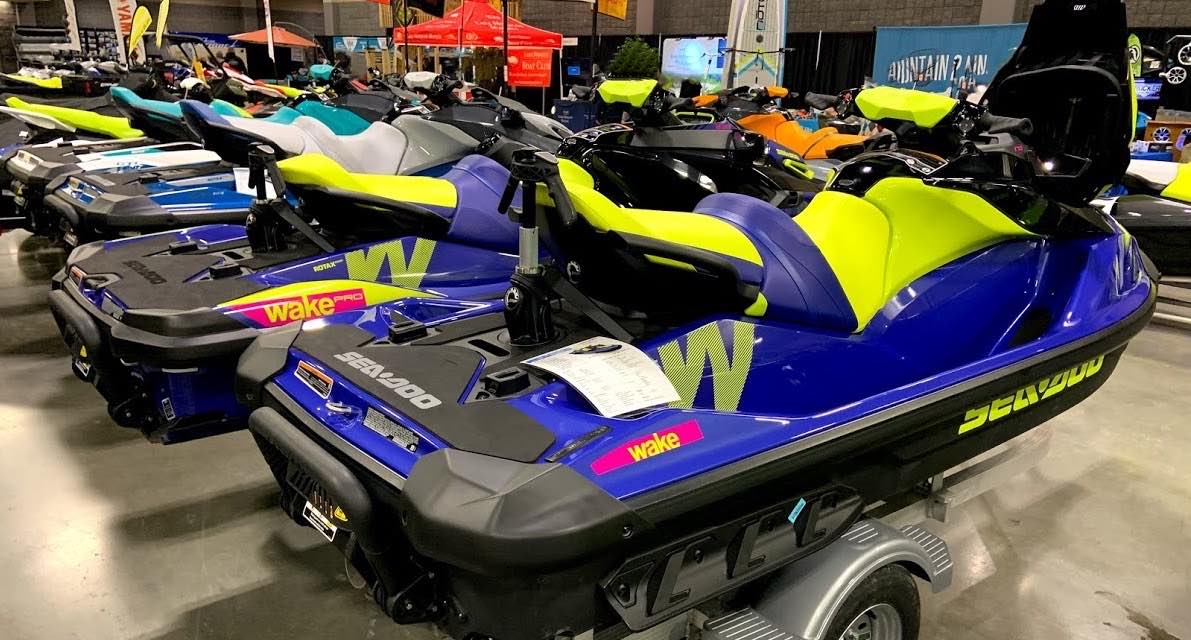
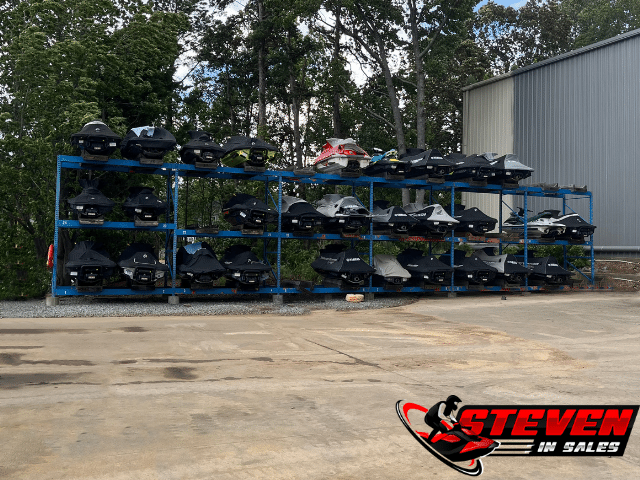
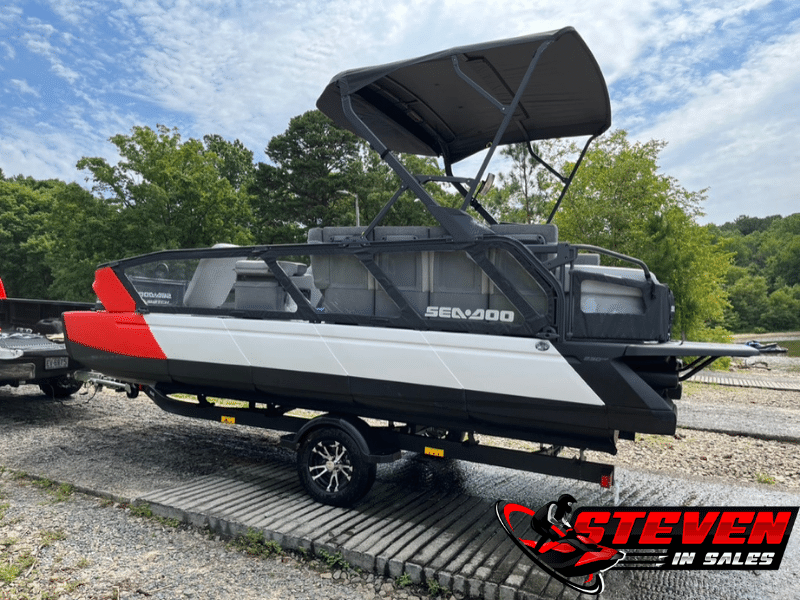
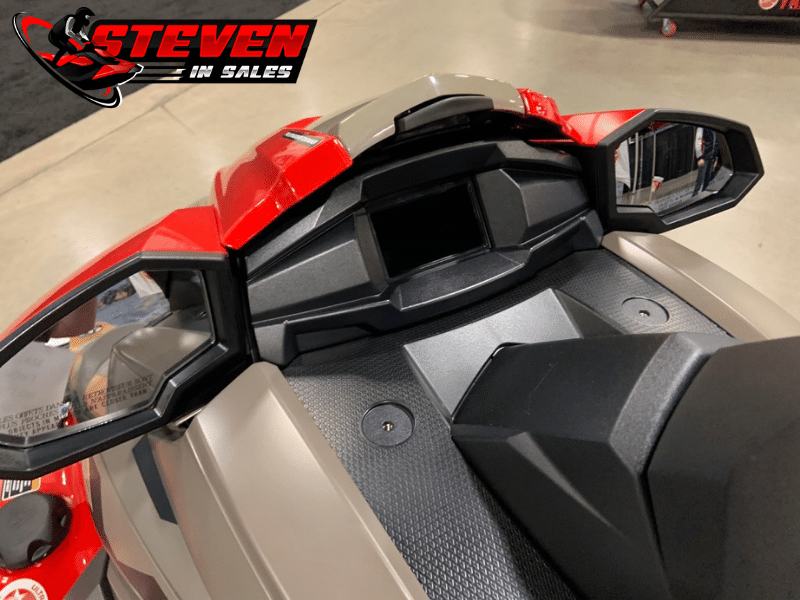
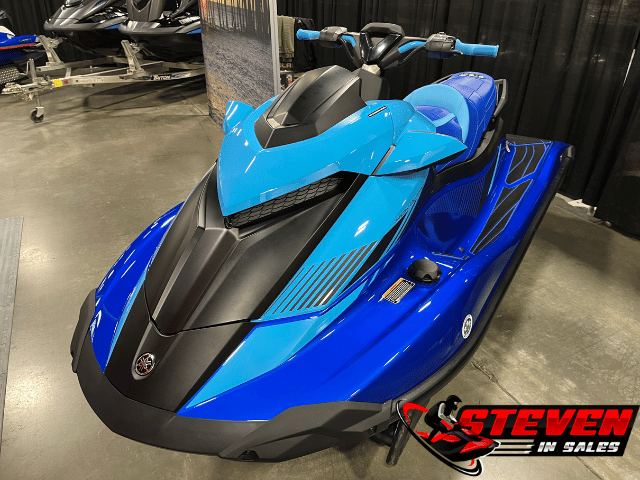
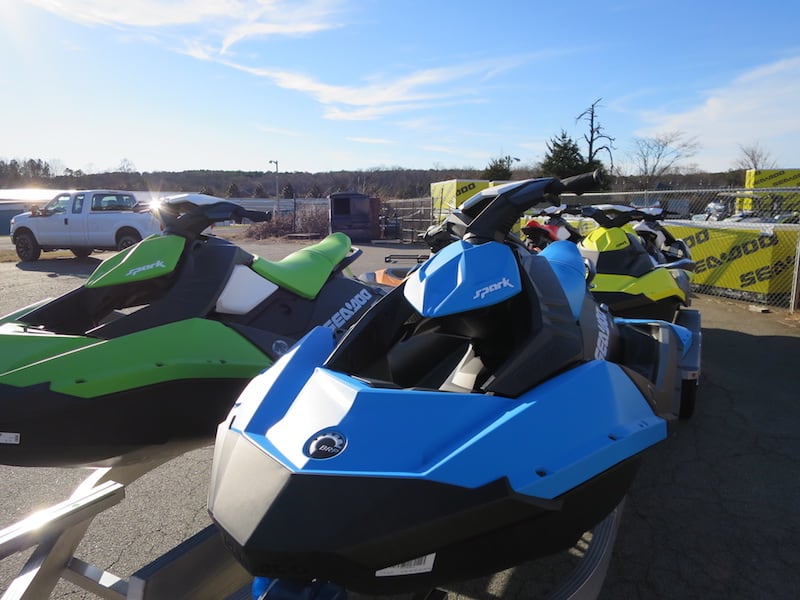
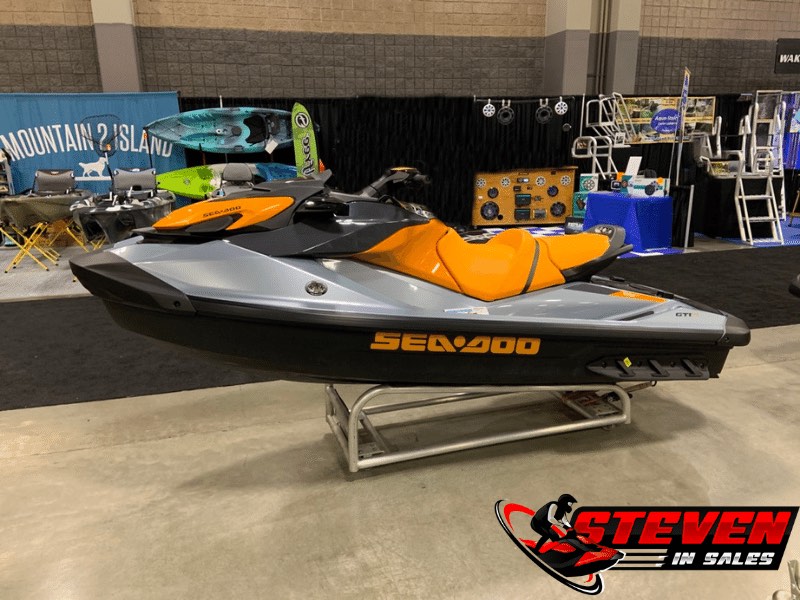
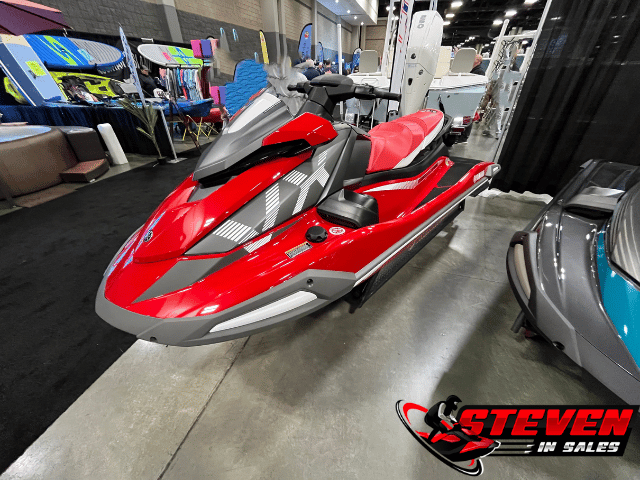
Great info. Thanks for your analysis.
steve bought a 2022 seadoo gti se 130hp does that have a polytec hull
asked the dealer he said fiberglass i don’t believe him .
It’s a Polytec Gen II hull.
Hi Steven, would like to know if factory or dealer installs sponsons on spark trixx. Picked up new ski last Wednesday. while installing boarding step I looked over entire ski and found several issues which concern me. Missing bolt on right hand side sponson. Had I put in water it probably would have sunk. Taking back tomorrow. I will list other issues in another post.
The dealer installs the sponsons as the Spark is shipped sideways. The sponsons should have sealant around the screw holes to stop water too.